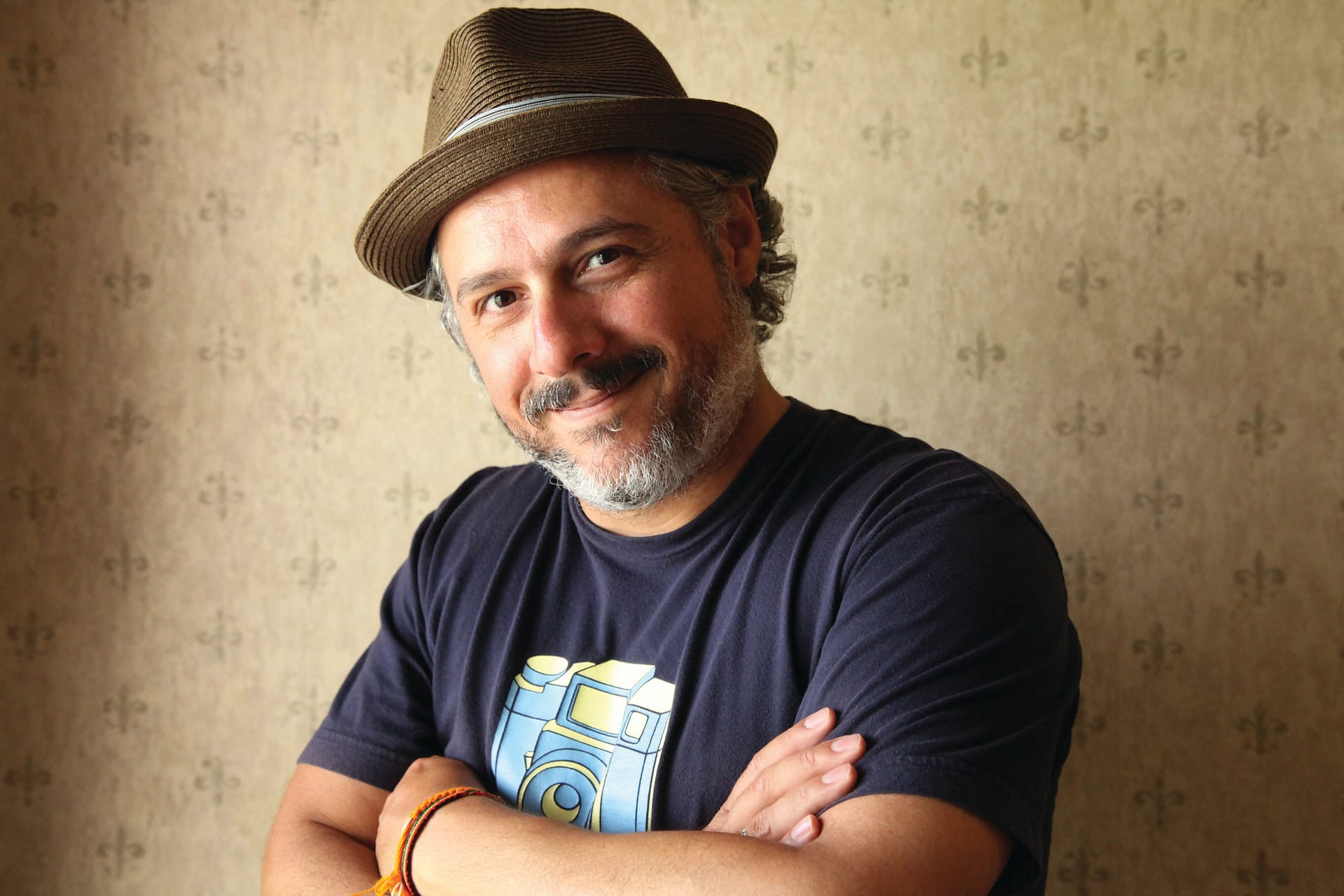Enlarge

Today, there is a sense of communal construction of knowledge. Students are not restricted to the walls of the classroom, nor to me as central figure of information dissemination. Everyone is encouraged to contribute, share and be part of the dialectics. In that sense, there has been a transfer of responsibility and authorship to them.
Nil Santana, assistant professor of art and design, is among the multitude of professors who take ACU’s reputation as a technologically innovative institution seriously.
Technology as a tool
“Although technology plays an important role in what I teach, I still place emphasis in the creative process. I try to show to my students that any technology is just a tool, and it should not be the end,” he said. “Well, sometimes technology could become the concept and be the object of a project. However, a tool without a person with a creative mind to use it is just a thing.”
For Santana, the use of blogs has made a tremendous difference in his classroom and the way his students learn. He admits never having seen their value in the classroom prior to his adaptation of blogs. Today, they are an essential part of every Nil Santana class.
“Today, there is a sense of communal construction of knowledge. Students are not restricted to the walls of the classroom, nor to me as central figure of information dissemination. Everyone is encouraged to contribute, share and be part of the dialectics. In that sense, there has been a transfer of responsibility and authorship to them,” he said.
Pluses of mobile learning
He believes that ACU’s emphasis on mobile learning has produced three main positive differences in his classes. First, it has created new ways to get and keep students engaged. Second, it has increased the accessibility of information. Third, it has allowed students to communicate more outside of class. However, he believes the merge of technology and education is just beginning.
“To use the cliché – I think we are just scratching the surface of mobile learning. I can’t wait to see the full integration of those technologies with e-books. Nicholas Negroponte from MIT talked about media convergence in the late 1970s. Not many people grasped that concept then. Can you imagine? I am sure he didn’t foresee Apple’s iPhone, nor iPad, but definitely a turn in the way we perceive information – either textual or pictorial. I think this is an exciting time to be part of ACU’s community,” Nil said.
Nil is hoping to further understand the intersection of technology and education – specifically art and design – through his doctoral studies. He is in his second year of dissertation and hopes to defend it this summer.
“Just like any other program, the one I am working on is very rigorous and demanding. That also makes it especially harder when I still need to teach, be a father, a husband, finding time for myself and my personal projects as well. Without a doubt, I am thoroughly enjoying the process and challenges,” he said.
Learn more about ACU’s Department of Art and Design
